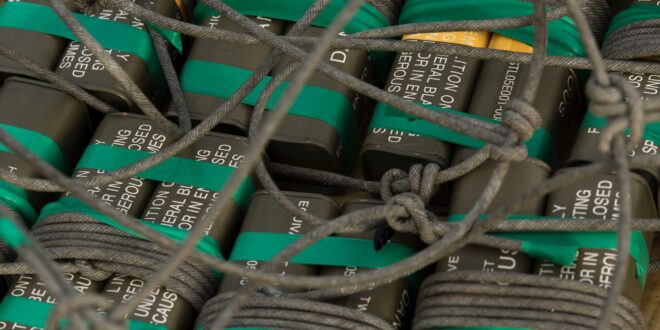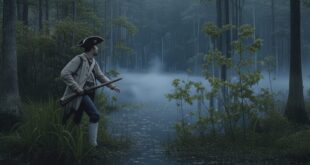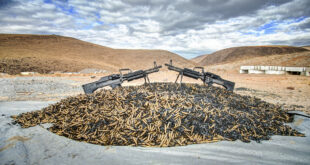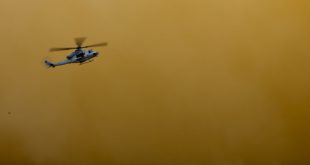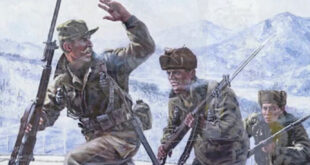by Jose Campos
Turns out it’s okay to eat TNT – if you’re a starfish.
The Baltic Sea is a war grave. Rusted shells, V-1 flying bombs, chemical caches, unexploded munitions – the relics of two world wars – litter the seafloor. They are toxic, deadly, abandoned, and now, astonishingly, an undersea smorgasbord – for marine life.
A recent expedition using an undersea submersible revealed crabs skittering across warheads, worms burrowing into steel, and fish weaving among networks of anemones and starfish anchored to the surfaces of Nazi-era V-1 bombs in the Bay of Lübeck.
“Normally, one does not study the ecology of bombs,” said University of Georgia ecologist James Porter, who was not involved in the research. Yet the study, published Thursday in Communications Earth and Environment, shows a different story.
German waters alone contain roughly 1.6 million tons of dumped weapons, from TNT and chemical munitions to remnants of nuclear experiments. And yet, these relics are acting like artificial reefs.
Why would sea creatures settle on contaminated explosives? According to lead researcher Andrey Vedenin of Germany’s Senckenberg Research Institute, the answer lies in the scarcity of hard surfaces. The Baltic seafloor is mostly flat mud and sand; centuries of fishing and construction stripped away stones and boulders. The bombs, rusting in isolation, offer the kind of shelter and attachment points marine life craves.
The area’s chemical contamination paradoxically acts as a barrier to humans, creating a relatively safe bubble where the critters can flourish despite some toxic tradeoffs.
“It turned out the opposite of what we expected,” Vedenin told a journalist. Starfish, anemones, crabs, and fish were far more abundant on these warheads than in the surrounding seabed. Scientists now hope to measure how much contamination is absorbed by the sea life and to see whether these populations can reproduce successfully.
This is not the first time that human leftovers have been repurposed by nature. Marine conservation biologist David Johnston of Duke University recently mapped sunken World War I ships in the Potomac River that had become wildlife habitats.
“I think it’s a really cool testimony to the strength of life,” Johnston said.
The chemical residues on the bombs keep humans away, unintentionally creating protective pockets where marine life can thrive despite some toxic tradeoff. Amid the rust, explosives, and history, crabs crawl, worms burrow, and fish dart through metal reefs built by war, but reclaimed by nature.
Jose Campos writes frequently for Soldier of Fortune.
 Soldier of Fortune Magazine The Journal of Professional Adventurers
Soldier of Fortune Magazine The Journal of Professional Adventurers


